Discover 20 hidden attractions, cool sights, and unusual things to do in Macon (United States). Don't miss out on these must-see attractions: Ocmulgee National Monument, Hay House, and Cox Capitol Theatre. Also, be sure to include Cannonball House in your itinerary.
Below, you can find the list of the most amazing places you should visit in Macon (Georgia).
Table of Contents
Ocmulgee National Monument
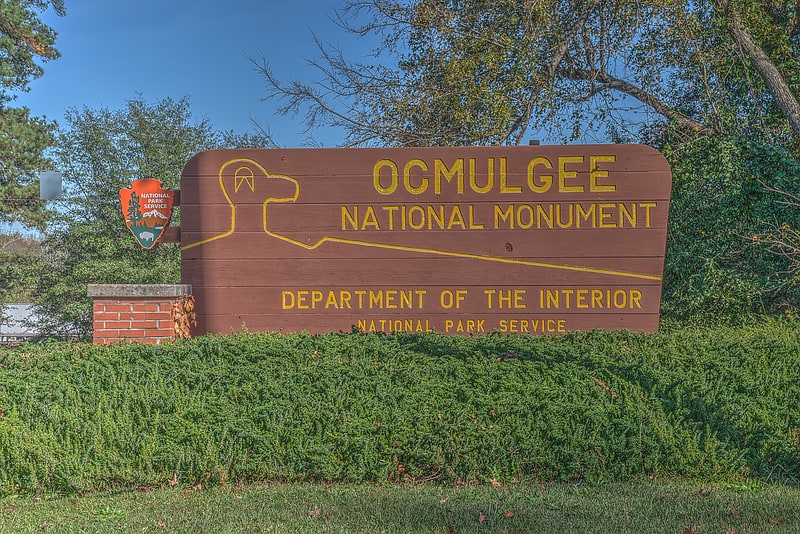
National park in Bibb County, Georgia. Ocmulgee Mounds National Historical Park in Macon, Georgia, United States preserves traces of over ten millennia of culture from the Native Americans in the Southeastern Woodlands. Its chief remains are major earthworks built before 1000 CE by the South Appalachian Mississippian culture These include the Great Temple and other ceremonial mounds, a burial mound, and defensive trenches. They represented highly skilled engineering techniques and soil knowledge, and the organization of many laborers. The site has evidence of "17,000 years of continuous human habitation." The 3,336-acre park is located on the east bank of the Ocmulgee River. Macon, Georgia developed around the site after the United States built Fort Benjamin Hawkins nearby in 1806 to support trading with Native Americans.
For thousands of years, succeeding cultures of prehistoric indigenous peoples had settled on what is called the Macon Plateau at the Fall Line, where the rolling hills of the Piedmont met the Atlantic coastal plain. The monument designation included the Lamar Mounds and Village Site, located downriver about three miles (4.8 km) from Macon. The site was designated for federal protection by the National Park Service (NPS) in 1934, listed on the National Register of Historic Places in 1966, and redesignated in 2019 as a national historical park.[1]
Hay House

Museum in Macon, Georgia. The Johnston–Felton–Hay House, often abbreviated Hay House, is a historic residence at 934 Georgia Avenue in Macon, Georgia. Built between 1855 and 1859 by William Butler Johnston and his wife Anne Tracy Johnston in the Italian Renaissance Revival style, the house has been called the "Palace of the South." The mansion sits atop Coleman Hill on Georgia Avenue in downtown Macon, near the Walter F. George School of Law, part of Mercer University. It was designated a National Historic Landmark in 1973 for its architectural uniqueness.
The 18,000-square-foot (1,700 m2), 24-room home was designed by the New York architect T. Thomas and Son. It was built in part by craftsman and artisans brought from Italy who were supervised by local master builder James B. Ayers. It has four levels and is crowned by a three-story cupola. Commissioned by imaginative owners and constructed by the most skillful workers of the time, its technological amenities were unsurpassed in the mid-nineteenth century: hot and cold running water, central heat, a speaker-tube system connecting 15 rooms, a French lift equivalent to today's elevator, in-house kitchen, and an elaborate ventilation system.[2]
Address: 934 Georgia Ave, 31201-6708 Macon
Cox Capitol Theatre
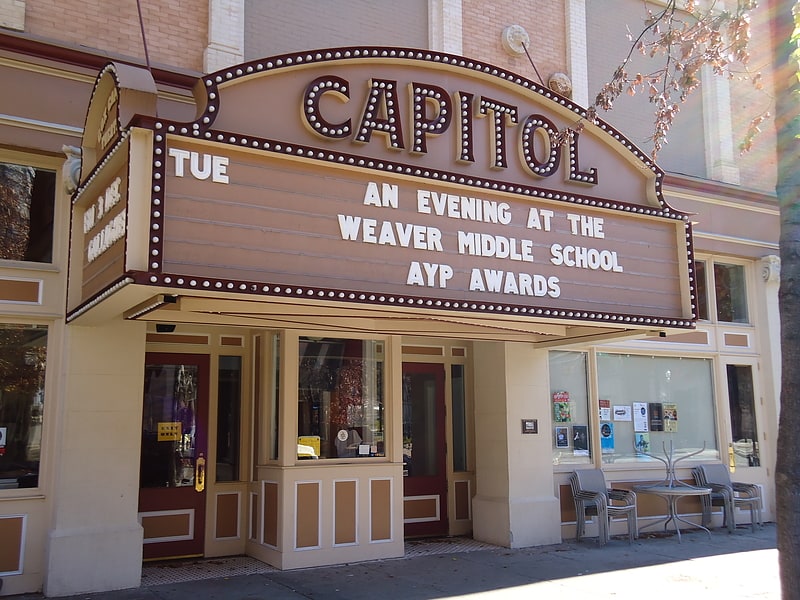
Live music venue in Macon, Georgia. The Hargray Capitol Theatre, formerly the Cox Capitol Theatre is located in downtown Macon, Georgia, United States, on 382 Second Street. The Hargray Capitol Theatre serves as a live entertainment venue.[3]
Address: 382 2nd St, 31201-2736 Macon
Cannonball House
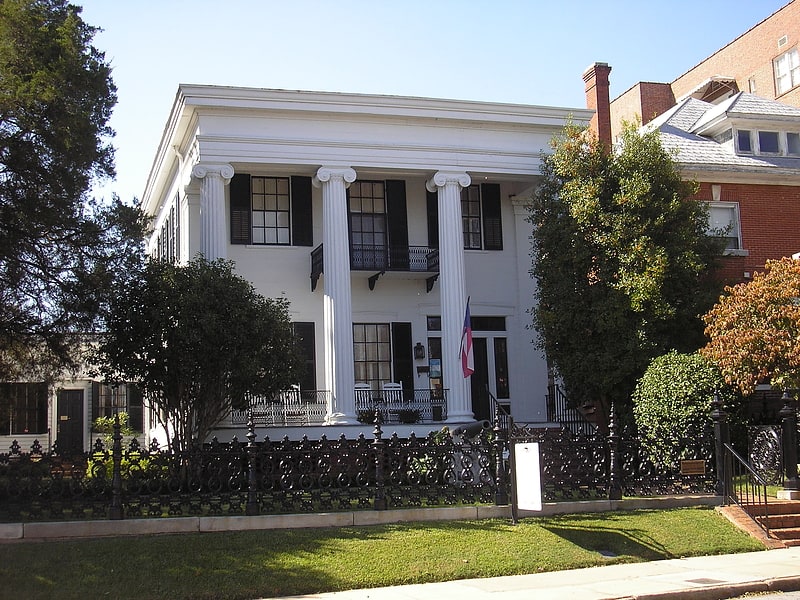
Historical place museum in Macon, Georgia. The Cannonball House is located at 856 Mulberry Street in Macon, Georgia, United States and is a historically significant house with a story behind its name. On July 30, 1864, the house coined its name due to damage caused by a cannonball striking the house from a Union Army attack in the American Civil War. The Cannonball House was constructed originally as a planter's townhouse in 1853. It was built by and for Judge Asa Holt. This explains why this house is also known as the "Mansion of the Old South" and the "Home of Judge Asa Holt." The house was built using an authentic Greek revival architectural style and is listed in the National Register of Historic Places.
The recreated meeting rooms of the Adelphean (ΑΔΠ) and Philomathean (ΦΜ) societies (the world's first college sororities established at Wesleyan College in 1851 and 1852, respectively) are on display inside the house. The entire house is furnished to the 1853-1870 period.
The rear of the Cannonball House is occupied by a hand-molded two-story brick kitchen. The upper level of this house served as servants' quarters. Few structures of this type remain in the Southern United States today. A bronze cannon, forged in 1864 at the Macon Arsenal, is on display in front of the Cannonball House.[4]
Address: 856 Mulberry St, 31201-6755 Macon
Rose Hill Cemetery
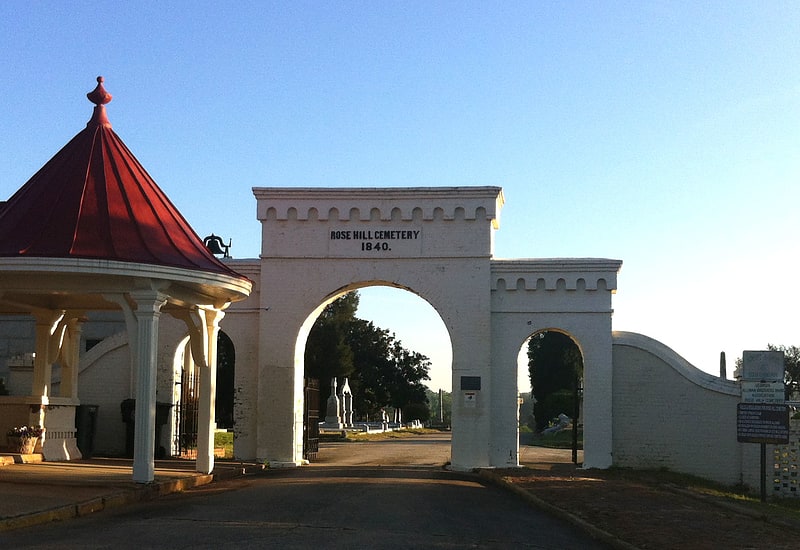
Cemetery in Macon, Georgia. Rose Hill Cemetery is a 50-acre cemetery located on the banks of the Ocmulgee River in Macon, Georgia, United States, that opened in 1840. Simri Rose, a horticulturist and designer of the cemetery, was instrumental in the planning of the city of Macon and planned Rose Hill Cemetery in return for being able to choose his own burial plot. The cemetery is named in his honor.
Rose Hill Cemetery was a hangout and artistic inspiration for the Allman Brothers Band during their early years. The Allman Brothers' slide guitarist Duane Allman, keyboardist and vocalist Gregg Allman, drummer Butch Trucks and bassist Berry Oakley are interred here.
It was listed on the National Register of Historic Places in 1973.[5]
Address: 1091 Riverside Dr, 31201-1913 Macon
Luther Williams Field

Stadium in Macon, Georgia. Luther Williams Field is a baseball stadium in Macon, Georgia. It was built in 1929, and is the centerpiece of Central City Park in Macon. It is the home of the Macon Bacon, a wood-bat collegiate summer league team in the Coastal Plain League. The original covered grandstand is still in place, though a new tin roof has replaced the former wooden one. A black iron gate surrounds the field, the front of which says "Macon Base Ball Park."[6]
Address: 225 Willie Smokey Glover Blvd, Macon
Tubman Museum
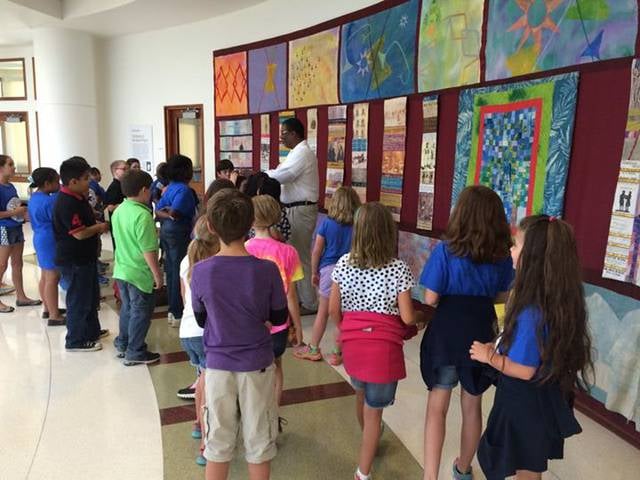
Museum in Macon, Georgia. The Tubman Museum, formerly known as the "Tubman African American Museum", is located in Macon, Georgia, USA. It is located in the city's museum district near the Georgia Music Hall of Fame and Georgia Sports Hall of Fame.[7]
Address: 310 Cherry St, 31201-3319 Macon
The Allman Brothers Band Museum
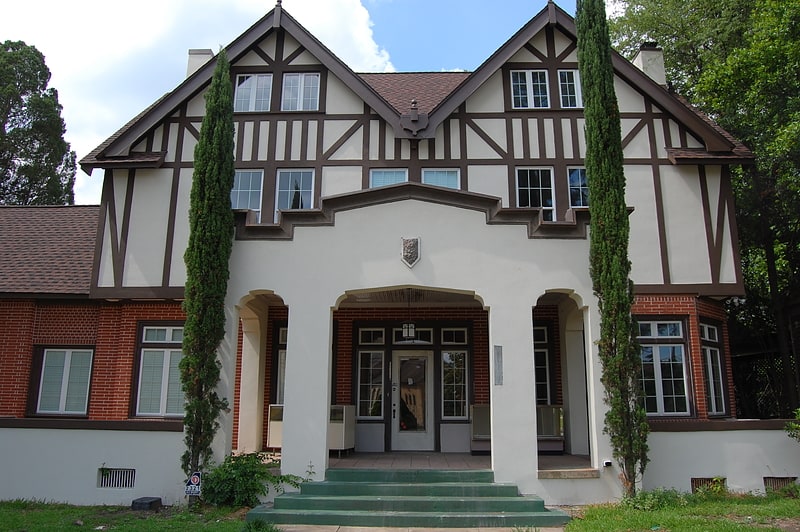
Museum in Macon, Georgia. The Allman Brothers Band Museum, also known as The Big House, is a museum in Macon, Georgia, United States. It was the home to The Allman Brothers Band's original members, their families, and various friends from 1970 to 1973. The Big House was renovated by The Big House Foundation and opened in November 2009 as an interactive museum dedicated to identifying and preserving the history of The Allman Brothers Band.[8]
Address: 2321 Vineville Ave, 31204-3117 Macon
Georgia Sports Hall of Fame

Hall of fame. The Georgia Sports Hall of Fame is located in Macon, Georgia. It is the largest state sports hall of fame in the United States at 43,000 square feet.[9]
Address: 301 Cherry St, 31201-3398 Macon
Grand Opera House
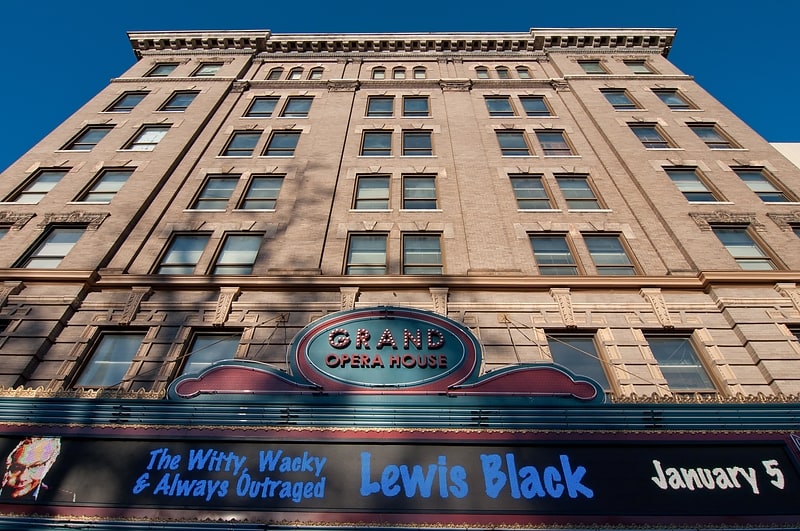
Opera house in Macon, Georgia. The Grand Opera House, often called The Grand and originally known as the Academy of Music, is a historic opera house located in Macon, Georgia, United States. Listed on the National Register of Historic Places in 1970, it is now the performing arts center of Mercer University.[10]
Address: 651 Mulberry St, 31201-2605 Macon
City Hall

Macon City Hall serves as the seat of government for the city of Macon, Georgia, in the United States. It is located in the downtown area, surrounded by Cotton Avenue, First Street, Poplar Street, and D.T. Walton, Sr. Way. It is located diagonally across the street from the Macon City Auditorium.
The Classical Revival structure was built in 1837 as the headquarters of the Monroe Railroad & Banking Co. before later serving as City Hall. During the American Civil War it was called into duty as a military hospital beginning in 1863. Its greatest notoriety came the next year, when Governor Joseph E. Brown, fleeing the Union army's advance into Milledgeville, moved the state capital to Macon and set up an office at City Hall, beginning November 18, 1864. The General Assembly met in the building the following February and March, the last legislative session under the Confederate States of America. The building ceased to serve as capitol on March 11, 1865.
Currently, City Hall houses city administrative offices, including that of the mayor and police department. City Council chambers are also located within the building. An eternal flame burns on the Poplar Street side of the building at the foot of the two grand staircases that flank the building's white-columned portico.[11]
Museum of Arts and Sciences
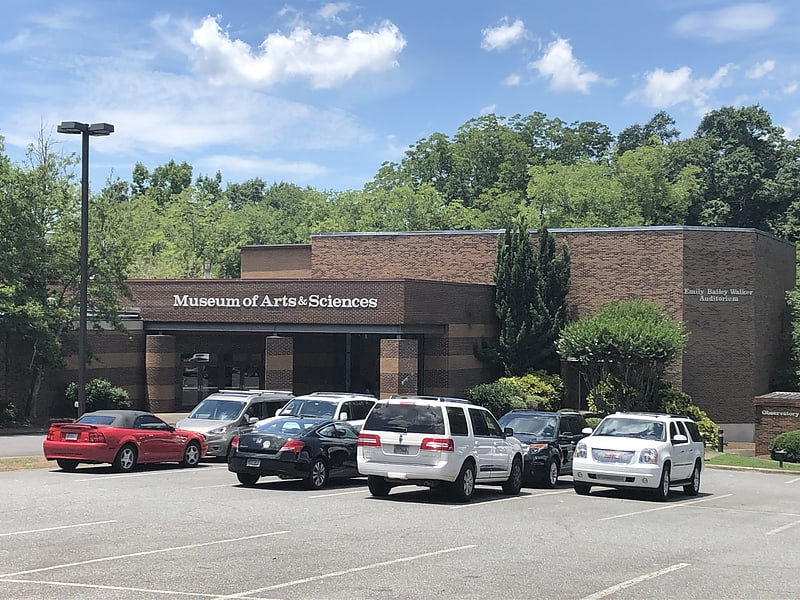
Museum in Macon, Georgia. The Museum of Arts and Sciences in Macon is a community museum in the U.S. state of Georgia. The facility includes four galleries with frequently changing exhibitions, the Discovery House with hands-on activities, live animal habitats, the Mark Smith Planetarium, nature trail, garden, store, auditorium, and classrooms. New exhibitions on fine arts, science topics, and the humanities are presented for periods of four to six months. The museum is open to the public daily and offers programs to schools and groups. The museum is a member of the American Alliance of Museums as of July 2019.[12]
Address: 4182 Forsyth Rd, 31210-4869 Macon
Sidney Lanier Cottage
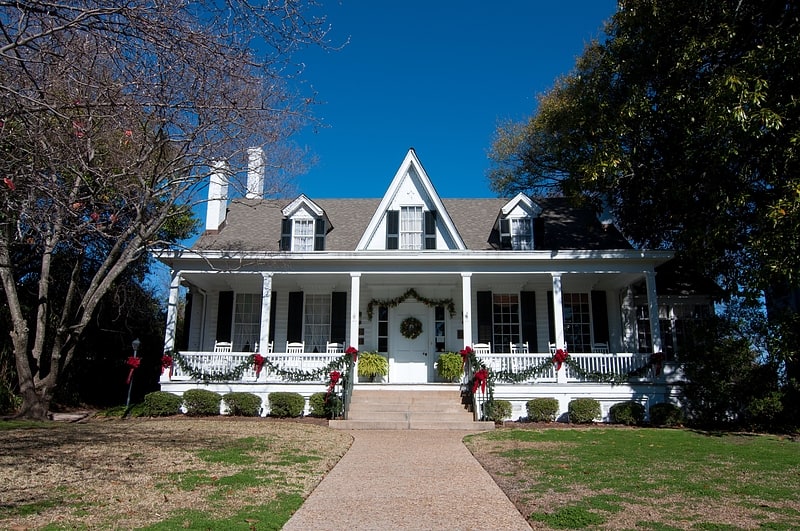
Museum in Macon, Georgia. The Sidney Lanier Cottage is a historic cottage on High Street in Macon, Georgia, that was the birthplace of poet, musician, and soldier Sidney Lanier. Sidney Lanier Cottage was purchased by the Middle Georgia Historical Society in 1973, and opened to the public in 1975. The Sidney Lanier Cottage now serves as a museum, event space, and home of the Lanier Center for Literary Arts.[13]
Address: 935 High St, 31201-2034 Macon
Saint Joseph's Catholic Church
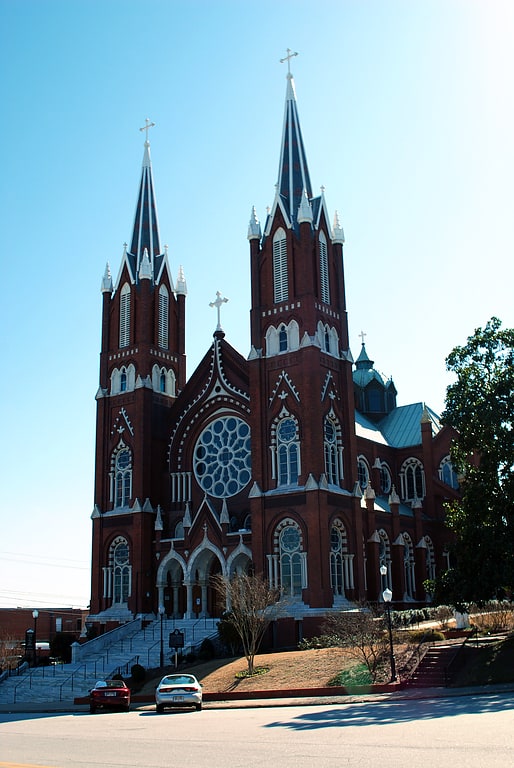
Catholic church in Macon, Georgia. Saint Joseph Catholic Church, located at 812 Poplar Street in Macon, Georgia, was listed on the NRHP on July 14, 1971. The church is located in the middle of Downtown Macon and takes up one block. It is operated by the Roman Catholic Diocese of Savannah.
The towers are the tallest twin towers in Macon, and the 3rd tallest building in Macon, at 200 feet (60 meters) to the tip. The interior features 60 stained glass windows which teach the story of Salvation, a white Carrara marble altar and pulpit, and an organ with 1,000 pipes.[14]
Address: 830 Poplar St, 31201-2093 Macon
First Presbyterian Church

Church in Macon, Georgia. First Presbyterian Church is a historic Presbyterian church in Macon, GA.[15]
Address: 682 Mulberry St, 31201 Macon
Macon City Auditorium
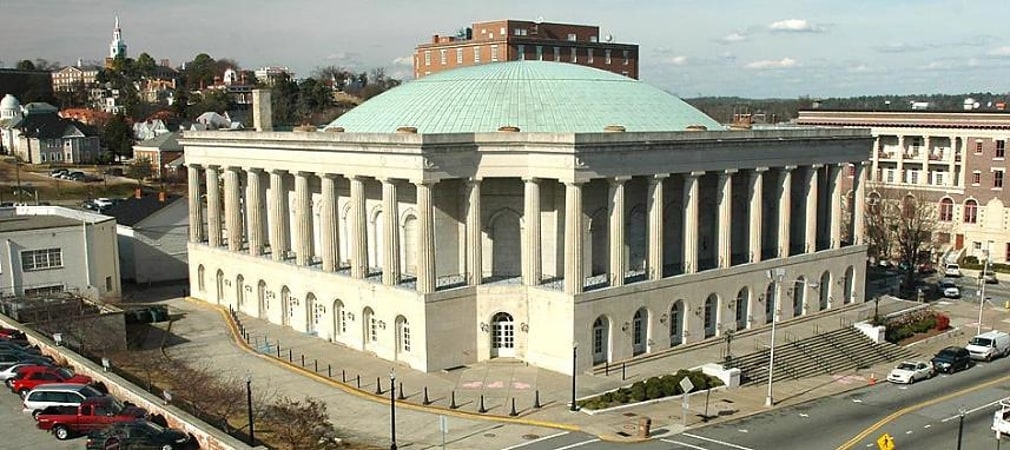
Auditorium in Macon, Georgia. The Macon City Auditorium is a historic structure in Macon, Georgia, United States, that has hosted performances, meetings, and events for the community since 1925. It was designed by New York architect Egerton Swartwout. It was listed on the National Register of Historic Places as Municipal Auditorium in 1971.
Located nearly across the street from Macon's historic City Hall, the Auditorium is designed in a similar Classical style, surrounded on three sides by limestone Doric columns.
The building is capped by a copper dome, claimed by many locals to be the largest in the world, though verifying the fact has proved difficult. Below the dome, the Great Hall seats 2,688 total, split between the 14,000-square-foot (1,300 m2) floor (typically configured with folding chairs and tables for various uses) and a balcony with fixed seating for 988. Over the stage, a Don Carlos Dubois and Wilbur Kurtz mural contains scenes from Macon area history from the Spanish explorations of Hernando de Soto to the early twentieth century.
Though it is significantly older than, and geographically separate from, the other building in the complex, the Auditorium is maintained as part of the Macon Centreplex, which also includes the Macon Coliseum. The latter two facilities comprise a single building on the east side of the Ocmulgee River, and for many in the general public, "the Centreplex" refers specifically to that property, while the downtown structure continues to be colloquially known simply as "the Auditorium".
The Macon Coliseum has about 9,000 seats while the Macon City Auditorium has 2,688.[16]
Address: 415 1st St, 31201 Macon
Fort Hawkins
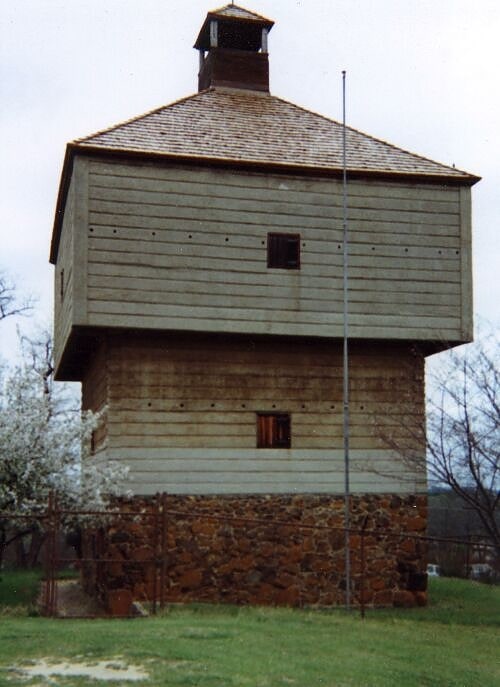
Historical landmark in Macon, Georgia. Fort Hawkins was a fort built between 1806 and 1810 in the historic Creek Nation by the United States government under President Thomas Jefferson and used until 1824. Built in what is now Georgia at the Fall Line on the east side of the Ocmulgee River, the fort overlooked the sacred ancient earthwork mounds of the Ocmulgee Old Fields, now known as the Ocmulgee Mounds National Historical Park. The Lower Creek Trading Path passed by just outside the fort's northwestern blockhouse, and continued in a westerly direction until it reached a natural ford on the Ocmulgee River. A trading settlement and later the city of Macon, Georgia, developed in the area prior to the construction of the fort, with British traders being in the area as early as the 1680s. Later, the fort would become important to the Creek Nation, the United States, and the state of Georgia for economic, military, and political reasons.
The fort originally had a tall log palisade surrounding a 1- 2-acre (8,100 m2) complex. It had living and working quarters as well as two blockhouses on diagonal corners. A replica of the southeast blockhouse was constructed in 1938 after archeological excavations in 1936 showed the appropriate site. It has become an icon of Macon. The Fort Hawkins Archeological Site is listed on the National Register of Historic Places and is included within the boundaries of the Fort Hill Historic District, also listed on the NRHP.
The Fort Hawkins Commission hired the Lamar Institute to conduct archaeological excavations from 2005–2007. The excavations found evidence of a second palisade on the site, as well as several large brick buildings. In addition, the work recovered nearly 40,000 artifacts, indicating a more complex history of Native American and European-American interaction than had been known. Historical research by Lamar Institute President Daniel T. Elliott has also added greatly to the current understanding of the fort. The Commission completed a Master Plan for development of the site in 2008 that is to eventually include the reconstruction of the entire fort complex. It will display and interpret the thousands of artifacts found at the site, which represent the many tribes of American Indians and pioneer European Americans whose lives met in the area through complex trading and living relationships. Although a replica log cabin was completed in 2013 to serve as a Visitors' Center and a few other minor improvements have been made to the site, the fort has not yet been reconstructed as of 2021.[17]
Riverside Cemetery

Cemetery. Riverside Cemetery is a historic rural cemetery in Macon, Georgia established in 1887. It is approximately 54 acres in size and privately owned. Over 18,000 people are interred here.[18]
Address: 1301 Riverside Dr, 31201-1350 Macon
High Street Church

Park, Relax in park
Address: 1085 High St, Macon
Temple Beth Israel
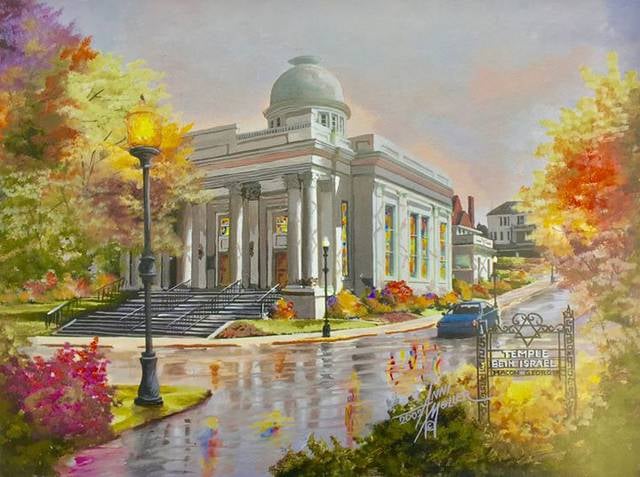
Synagogue in Macon, Georgia. Temple Beth Israel is a Reform synagogue located at 892 Cherry Street in Macon, Georgia. Formed in 1859 by Jews of German background as Congregation Kahal Kadosh Beth Israel, it was originally Orthodox, and followed the German minhag.
The congregation constructed its first building on the corner of Poplar and Second Streets from 1871 to 1874. The congregation's current building was constructed on the corner of Cherry and Spring Streets in 1902.
As of 2009, the rabbi was Larry Schlesinger. Rabbi Larry Schlesinger retired in June 2017 and is honored with Emeritus status. He is succeeded by Rabbi Aaron Sataloff.[19]
Address: 892 Cherry St, Macon